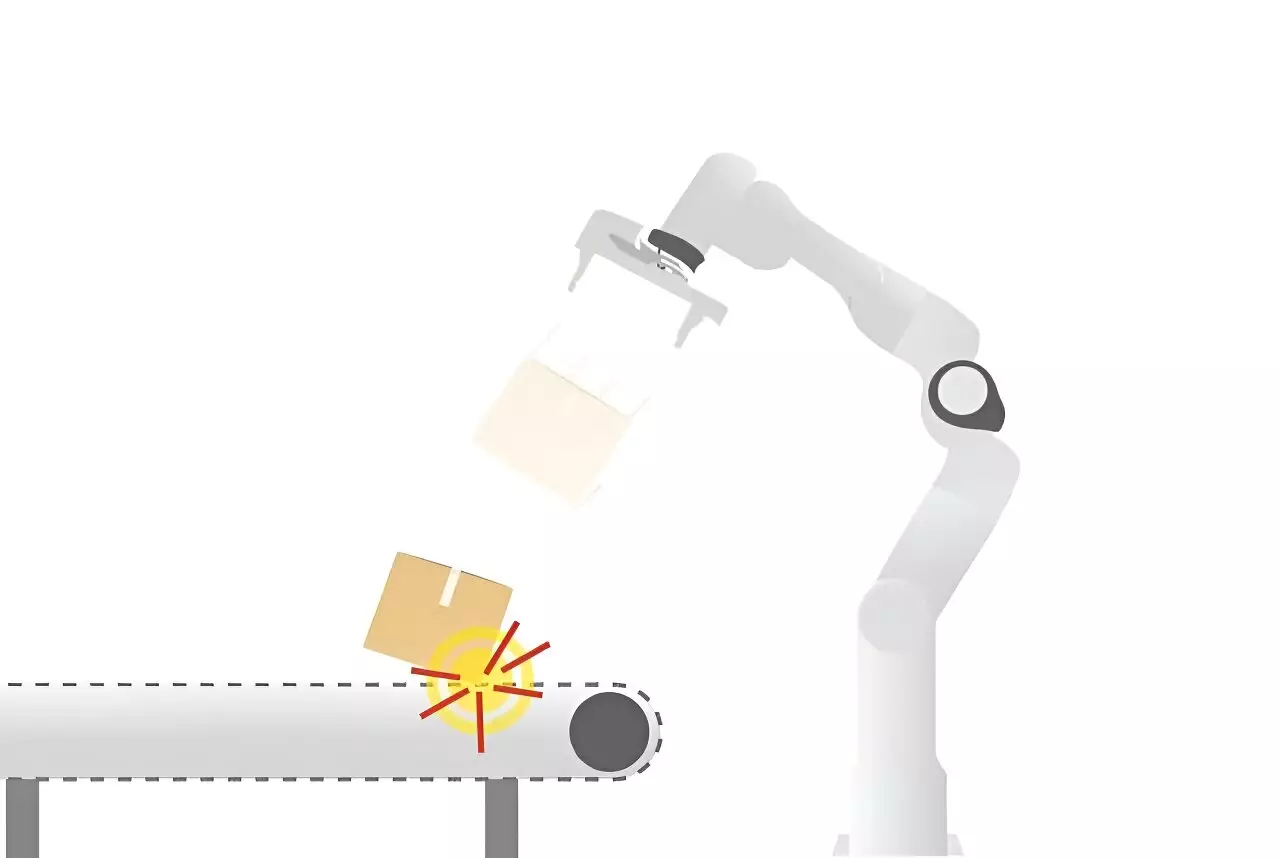In recent years, the automotive sector has embraced robotics in a way that has significantly enhanced productivity and efficiency. What began as a niche application is now burgeoning into diverse fields, including logistics and beyond. However, the evolution of robotics is fraught with limitations; today’s machines often exhibit rigidities in their operations, executing predefined sequences repetitively without the ability to adapt dynamically to their surroundings. The pressing challenge now is to instill more sophisticated, human-like capabilities within robots, such as rapid physical interactions, spatial reasoning, and adaptability to unforeseen changes.
The Necessity for Advanced Robot Capabilities
At Eindhoven University of Technology, significant efforts are underway to overcome these hurdles. Conversations with leading experts in the field, such as Alessandro Saccon, illuminate the focus of recent projects like I.AM. The fundamental aim is to develop robots capable of quick and dynamic interactions, essential for tasks in hazardous environments where the presence of humans may be unsafe or impractical. Examples abound, from airport baggage handling to operations in nuclear facilities and even exploratory missions in space.
Yet, despite the vast potential of robots, their interaction with the environment has remained largely static. Current robotic systems often prioritize safety to the extent that they avoid fast-contact scenarios entirely, which poses a significant bottleneck in their functional delivery. Unlike humans who seamlessly navigate dynamic scenarios, robots struggle to execute essential tasks swiftly and accurately due to rigid programming and a lack of advanced sensory input.
In contrast to conventional robotic designs that predominantly focus on collision avoidance, the I.AM project pivots toward understanding how robots can exploit collisions to their advantage. This approach is particularly relevant when considering the manipulation of heavy objects. Robots must be engineered to efficiently engage with and adapt to various weights and spatial discrepancies, which introduces complexities in movement calculations and execution.
The project leverages fundamental concepts from physics—including mass, friction, and momentum—alongside advanced algorithmic simulations to examine how theoretical models can be reconciled with practical robot behavior. Although perfect replication of conditions in controlled environments is unattainable, a rigorous feedback loop of testing and adjusting theoretical algorithms against real-world interactions has led to significant advancements in reliability and speed for operations involving robust actions, such as grasping heavy objects.
Central to the project’s success is the iterative method of combining simulations with empirical observations. This research has illuminated the inherent complexities of human movement and spatial awareness—capabilities that we often take for granted. Researchers at TU/e are now focusing their efforts on hardware improvements, spatial awareness, and real-time decision-making regardless of contingencies that may arise during operation.
The collaborative nature of the I.AM project—partnering with organizations such as VanderLande—has been vital, providing not just theoretical knowledge but real-world insights into existing challenges within logistics automation. The creation of shared laboratory spaces enhanced cooperation between students, researchers, and industry partners, fostering a culture of experimentation and innovation.
The contributions of the Netherlands to the field of robotics are well-documented, especially in pivotal areas such as medical robotics and mobile systems. However, the emergence of impact-aware robotics, championed by projects like I.AM, is beginning to attract international interest. The fine line between theoretical research and practical application is continuously narrowing, establishing the country as a hub for innovative robotics research.
Academic recognition, along with industry partnerships, is invaluable. The positive outcomes from the project have led to increased visibility for this specialized research area, positioning Eindhoven University as a leader in the field. The enthusiasm generated has motivated further inquiries into funding opportunities and additional projects aimed at expanding upon findings related to rapid planning and advanced perception algorithms.
As the demand for smarter, more agile robots grows, the challenges ahead for researchers like Alessandro Saccon remain substantial yet exhilarating. There is much work to be done, with many unanswered questions regarding how machines can mirror human intuition and adaptability. However, with a solid foundation laid by projects such as I.AM, the intersection of academia and industry is buzzing with potential, paving the way for groundbreaking advancements in robotics.
The future is promising. The skills being developed today could revolutionize not only the application of robots in various sectors but also reshape our understanding of automation in an increasingly complex world. This journey, while demanding, offers endless opportunities for exploration and unearthing new capabilities that could redefine how both humans and machines interact with the world around them.


Leave a Reply